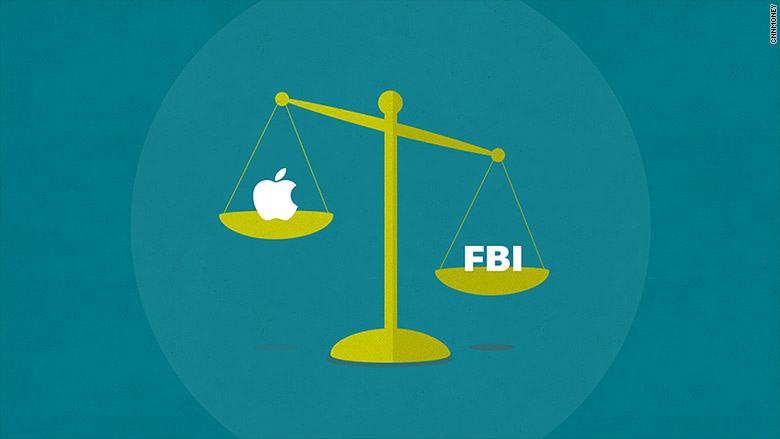Houston’s late DJ Screw will forever be a legend. He pioneered the “Chopped & Screwed” style of hip-hop, in which the tempo of a song is slowed down significantly (screwed) with short sections repeated and/or cut (chopped). Houston Press has described “June 27”, a 37-minute freestyle session from that date in 1996, as “Houston rap’s Sistine Chapel ceiling”. This is an apt description of the monstrous track, on which eight rappers freestyle over a dazzling beat (Kriss Kross’s “Da Streets Ain’t Right”, properly screwed) to celebrate rapper DeMo’s (alternately known as D-Mo) birthday. A screwed sample of Biggie's "Warning" plays over the track before Big Moe enters to host the freestyle session/birthday party. In between every rapper, Moe performs a quick verse in his signature half-rapped, half-sung style. Moe's baritone croon is huge, almost elegiac, but the positive energy he exudes introducing his friends negates that description.
Big Pokey steals the show with a dazzling freestyle verse, providing what would become the sample for Paul Wall's hit "Sittin Sidewayz" early on in a particularly ferocious run that lasts about 6 minutes. When the beat's fried synth melody enters it seems to energize Pokey like some aural electric charge. He shouts out his friends, teams up with Tom Sawyer and rhymes "rabbit" with "dagnabbit". The way he puts emphasis on his rhymes is stellar, especially for a freestyle: "Let them boys know, flip phone I be foldin em / Fillin' up my foreign ride with petroleum". One more standout section: "Ain't no preppin in my corner / Cause you's a goner / I'm smoking marijuana / Broke em off when I snatched my diploma / I walked across the stage / I turned the page / no more minimum wage / And my corner got paid".
Yungstar is another essential player here, flexing a quick wit and southern slang on two verses. He shouts out "baked potato with chives" in both. Before closing it out he references his "Playstation in the car / Sippin on barre / TV VCR / With the star". Not all of the other rappers have incredible verses, but somehow, for 37 minutes, the sound of a bunch of guys hanging out and rapping becomes completely transcendent despite a lack of lyrical direction or a changing instrumental. The sound is not professionally mastered and there are obvious flaws in the recording quality (which somehow works to the track's advantage). Yet this is more a perfect snapshot of the lives of these friends than anything that could have been commissioned by a record executive. I was 15 months old when June 27 was recorded, but it still resonates today.
The rest of the June 27 tape consists mostly of remixed tracks, all of which are excellent. Bone Thugs' "Crossroads" is transformed into a swirling elegy. I never thought a Too $hort song would make me emotional, but the syrupy "Gettin' It" screw, with its "I'd Rather Be With You" flip and chorus from P-Funk members is just inspiring. Excellent chops in the second verse, too. "High Til I Die" is a superb 2Pac track that I wouldn't know about if not for this tape, and Screw even takes on reggae (yay!) with great results on "Rollerskates". June 27 is a classic Screwtape, and I have no doubt that its towering freestyle session will be bumping throughout the world today. Rest in peace to DJ Screw and Big Moe.
Listen to the June 27th freestyle here.





